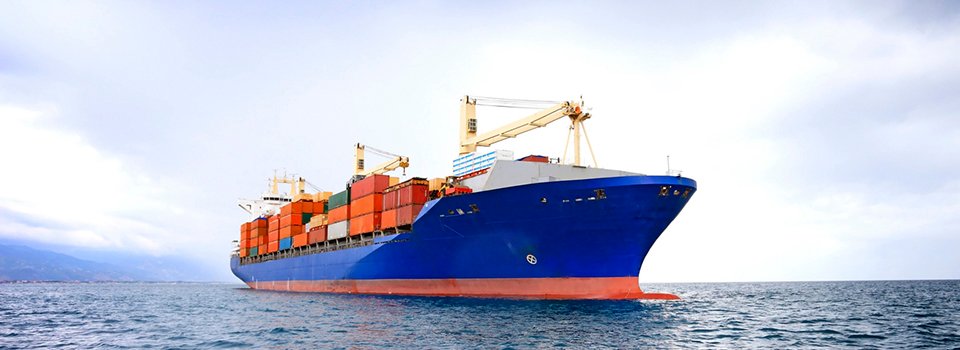When it comes to transporting goods across long distances, Cargo by sea remains one of the most reliable and cost-effective methods. Whether you’re a business owner needing to ship products internationally or an individual moving personal belongings, understanding the basics of sea cargo can make a significant difference in ensuring a smooth shipping process. In this blog, we’ll explore the fundamentals of sea cargo, including its benefits, the different types of cargo ships, and tips for a successful sea freight experience.
What is Cargo by Sea?
Cargo by sea means transporting goods and materials using ships and other maritime vessels. This shipping method is preferred for its efficiency and economical benefits, especially when dealing with large volumes or heavy loads. Sea cargo can include various items, from raw materials and manufactured goods to personal belongings and speciality items.
Advantages of Shipping Cargo by Sea
- Cost-Effectiveness: One of the primary reasons businesses and individuals choose sea cargo is its affordability. Compared to air freight, sea shipping typically offers lower rates, especially for large or heavy shipments.
- Capacity: Cargo ships have an impressive capacity, making them ideal for transporting large quantities of goods. This is particularly beneficial for bulk items or oversized shipments that may not fit in standard containers.
- Global Reach: The international shipping network is vast, allowing cargo ships to reach almost any port worldwide. This global connectivity makes sea cargo an excellent choice for international trade and travel.
- Environmentally Friendly: Compared to air freight, sea cargo generally has a lower carbon footprint. Modern cargo ships are designed to be more fuel-efficient and environmentally friendly, reducing their environmental impact.
Types of Cargo Ships
- Container Ships are the most common type of cargo vessels designed to carry containerized cargo. Containers are standardized, making them easy to load, unload, and transfer between different modes of transport.
- Bulk Carriers are used for transporting unpackaged bulk cargo, such as grains, coal, and minerals. They are designed with large cargo holds to accommodate massive quantities of goods.
- Tankers: These ships are specifically designed to carry liquid cargo, including oil, chemicals, and other liquids. Depending on the nature of the cargo, tankers come in various sizes and types.
- Roll-on/Roll-off Ships (Ro-Ro): Ro-Ro ships are equipped with ramps that allow vehicles and cargo to be driven on and off the ship. They are commonly used for transporting cars, trucks, and other wheeled cargo.
Tips for a Smooth Sea Cargo Experience
- Choose the Right Shipping Company: Research and select a reputable shipping company with experience in handling your specific type of cargo. Ensure they offer reliable tracking and customer service.
- Understand Customs Regulations: Familiarize yourself with the customs regulations of both the exporting and importing countries. Proper documentation and compliance with regulations are crucial to avoid delays or penalties.
- Proper Packaging: Ensure your cargo is properly packaged to withstand the conditions of sea transport. This includes using appropriate materials and securing items to prevent damage during transit.
- Insurance: Consider purchasing cargo insurance to protect your goods against potential losses or damages during shipping. This provides peace of mind and financial protection.
- Track Your Shipment: Use the tracking services provided by the shipping company to monitor the progress of your cargo. This will help you stay informed about the estimated arrival time and any potential issues.
Conclusion
Cargo by sea is vital to global trade and personal shipping needs. With its cost-effective and reliable nature, it’s no wonder that sea freight is a preferred choice for many. By understanding the different types of cargo ships, benefits, and best practices for shipping, you can ensure a smooth and successful sea cargo experience.


